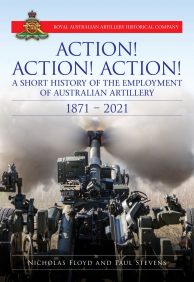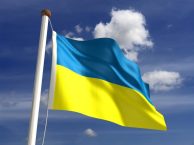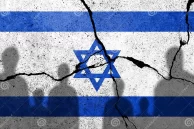
‘Vung Tau Ferry’ commemoration Thursday, 30th May, Southbank Brisbane
ED: A message from the Naval Association of Australia
The Naval Association of Australia will commemorate HMAS Sydney and all the ships and the Navy, Army and RAAF veterans who answered the call of their country in the Vietnam War at 11am at the Jack Tar memorial at Southbank on Thursday 30 May. All welcome.
Mention the ‘Vung Tau Ferry’ to any Vietnam veteran and they will immediately recall HMAS Sydney (III), the former aircraft carrier converted to a troopship that became the mainstay of naval support operations for Australian forces. Regular Army and conscripts got their first glimpse of the war from her upper deck. The affectionately designated moniker was due to her journeys to the port of Vung Tau in South Vietnam, the naval base for the Australian Task Force. Many of these sailors were 16-year-old junior recruits getting their first taste of life at sea.
Commissioned in 1948, HMAS Sydney was key to Australia’s post-war naval aviation capability and served with distinction in the Korean War. Refitted for troopship duties, she began her first voyage to Vietnam in May 1965, transporting the First Battalion, Royal Australian Regiment (1RAR), from Sydney to Vung Tau. Over this period, she embarked troops and equipment from Brisbane and Townsville.
Between 1965 and 1972, Sydney undertook 25 voyages to Vietnam and transported 16,094 troops, both Army and RAAF. She also moved 5,753 deadweight tons of cargo and 2,375 vehicles including rations, medical supplies, weaponry and ammunition.
The Vung Tau Ferry brought together men from 2 very distinct cultures: the Navy and the Army. In the days before leaving Australia, Sydney would be loaded and crewmembers detailed to act as ‘sea daddies’ to groups of soldiers, helping them to get their bearings on the ship, showing them where to stow their gear and how to sling their hammocks. Apart from the unfamiliarity with shipboard life, or with the ways of the Navy, the soldiers often found Sydney to be uncomfortable, particularly in tropical waters with no air conditioning when the heat below decks was intense.
It was no pleasure cruise for the troops, recalls Brisbane’s Richard Kenny OAM from 7RAR. ‘The Army continued with fitness and weapons training, range practice and the Navy insisted we pitch in with cleaning decks and showers as well,’ he says.
‘The big surprise was sleeping in hammocks, then the loud “Wakey Wakey Call to Hands” that blasted us out of them. Tasks such as refuelling the ship in the middle of the heaving ocean were fascinating to us, unlike driving an Armoured Personnel Carrier up to a bowser.’
On every voyage, Sydney was protected by at least one escort that provided security against potential hostile forces. Escorts included HMA Ships Melbourne, Anzac, Derwent, Duchess, Parramatta, Stuart, Swan, Torrens, Vampire, Vendetta and Yarra.
For those like Richard on the return voyage after their 12-month tour of duty, the passage to Australia offered a chance to relax, reflect on their experiences and prepare for the transition from war to peace. Such a period of reflection was denied to those soldiers who returned home by aircraft, leaving Vietnam and being home within 10 hours.
For more information, please contact Jayne Keogh at [email protected]




